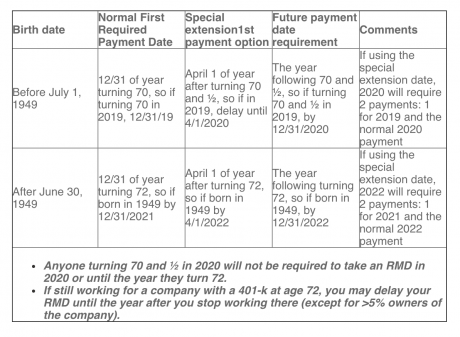By Maryland Citizens’ Health Initiative
Paid radio advertising featuring local sports heroes has proven to be an effective means of raising awareness of health coverage options among Maryland’s uninsured population.
The Maryland Citizens’ Health Initiative Education Fund, Inc. (MCHIEF) first led a Medicaid enrollment campaign featuring Ed Reed, then of the Baltimore Ravens, in radio and billboard advertising in 2008. This campaign resulted in over 10,000 Baltimore residents enrolling into free coverage through the state’s Medicaid Program.
The success of this model media campaign has been replicated to increase Medicaid enrollment in two other major regions of the state featuring players from the Baltimore Orioles, Baltimore Ravens, Frederick Keys and Washington Redskins. Ads have also been used and to increase enrollment in the Maryland Health Connection in 2014, 2015 and 2016. Ads have been aired in English and Spanish.
We know these ads work because each time the ads air, web traffic, call volume and applications increase. According to the Maryland Health Connection the most recent ad campaign led to significant increases in the number of applications, incoming calls and web traffic. The two weeks following the news conference launching the campaign resulted in a 67% increase in calls.
Be a part of the next winning ad campaign! To maximize the benefit of Maryland’s new Easy Enrollment Health Insurance Program, MCHIEF will launch a similar campaign featuring Baltimore Orioles legend Eddie Murray in early 2020. Please make a contribution to help more Marylanders gain access to quality, affordable health care coverage through the Maryland Health Connection. Call (410)235-9000 to invest in this campaign.




